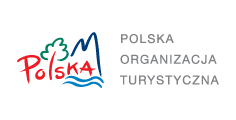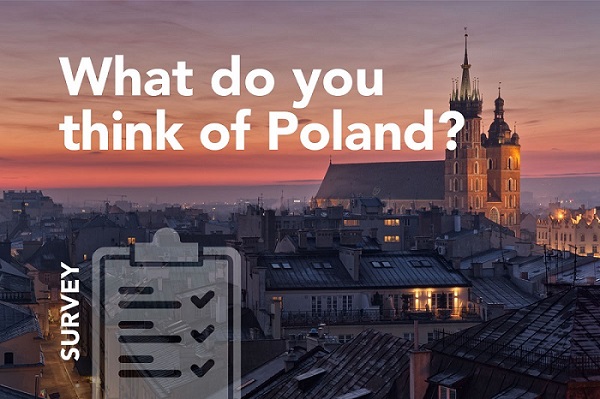Katowice
The capital of Śląskie province, and an important hub of the giant Silesian region, Katowice offers many attractions for tourists to discover, from the classic and charming to the industrial and innovative…
Mines, Museums and Music Approved by UNESCO
Over the past decade, Katowice has been going through a noticeable metamorphosis, working hard to bring new life to its urban space. Today, it’s a vibrant, modern city; the beating heart of Poland’s first metropolis, the host of many major events and a UNESCO-recognised city of music that is bursting with green spaces. For all these reasons and more, it’s no surprise that it has become such a popular place to live and visit.
Putting the Culture in the Culture Zone
Situated near the legendary Spodek Arena (yes, the one that’s often compared to a UFO), this is one of the city’s most distinctive spaces for its futuristic, minimalist vibe. It’s hard to imagine that as recently as the 1990s, this was still an operational coal mine. Today it’s home to the International Congress Centre with its striking sloping grass roof, the world-class auditorium of the Polish Radio National Symphony Orchestra and the fascinating Silesian Museum, which presents its collection through a series of tunnels some 12-16 metres underground. Several events take place here in the Culture Zone every year, often drawing in thousands of participants. Among the eclectic mix of events, the most important ones include: the European Economic Congress, attended by representatives of the political, business and scientific communities from all over the world; the finals of the Intel Extreme Masters international e-sports tournament, which brings hundreds of thousands of players to Katowice and the annual Tauron New Music festival. In 2018, this was the chosen venue for the United Nations COP24 climate change conference, and more high-profile events are currently in the pipeline.
The Wings that shaped Poland
Near the Culture Zone, on the other side of Roździeńskiego Street, stands the eye-catching Silesian Insurgents’ Monument. Based on an idea by architect Wojciech Zabłocki and sculptor Gustaw Zemła, the three-part monument was unveiled more than 50 years ago and stands on the former site of the Red Army soldiers’ cemetery, which was later moved to Kościuszko Park. Composed of three eagle’s wings, the monument commemorates the three Silesian uprisings, which took place in 1919, 1920 and 1921. At its base, you’ll find the names of all the localities where insurgents fought proudly against German domination. Today, it’s one of the most important sights in Katowice and among the most easily recognisable monuments in the whole of Poland.
Modernism with a capital M
The city of Katowice boasts the largest and most interesting group of important Neoclassical buildings in the whole of Poland. Architecture fans will certainly enjoy their visit! Amongst the most valuable are the Silesian Province Office and the imperial-looking Silesian Parliament buildings, to which the Polish President has granted “National Historic Monument” status. Two curious facts about this building: firstly, it is home to one of only four still-operational paternoster lifts in Poland. Secondly, the treasury, located in the basement, is protected by a special mechanism which – in the case of a break-in – submerges the contents into the tank situated below.
Another, equally interesting building was one of the highest in Europe in the 1930s, when its five-year construction ended. Often called ‘Flying Saucer’ and ‘Cloud Scraper’, its real name is Drapacz Chmur and it was one of the things that won Katowice the nickname of the “Polish Chicago”. Its steel structure supports 14 storeys above ground, plus another three floors hidden underground. This and 14 other sites form the several-kilometre-long Modernism Trail whose architecture testifies to what was then an innovative approach to urban space.
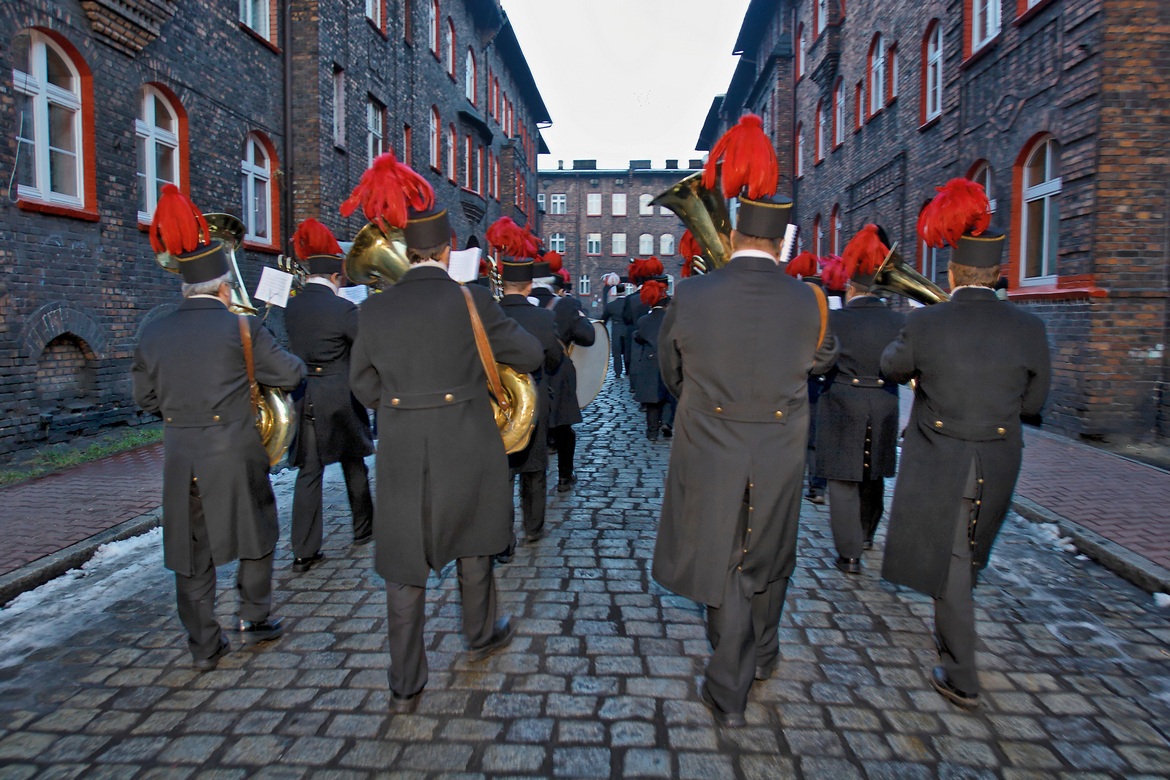
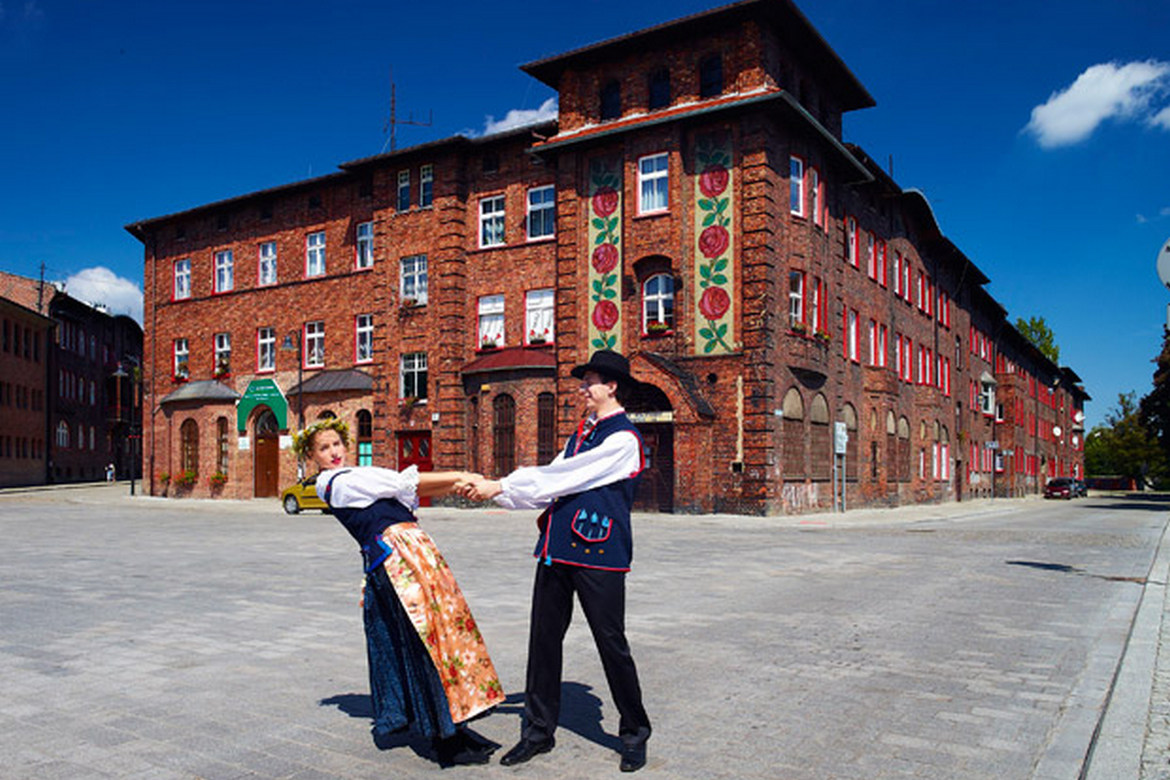
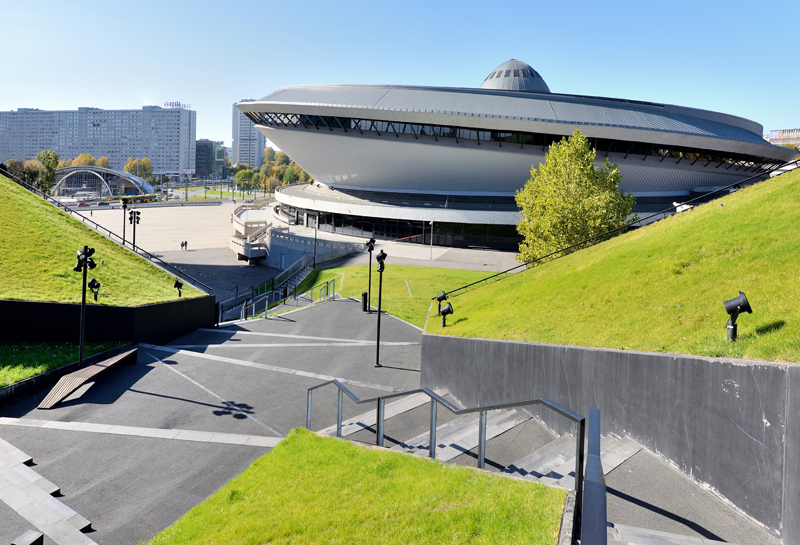
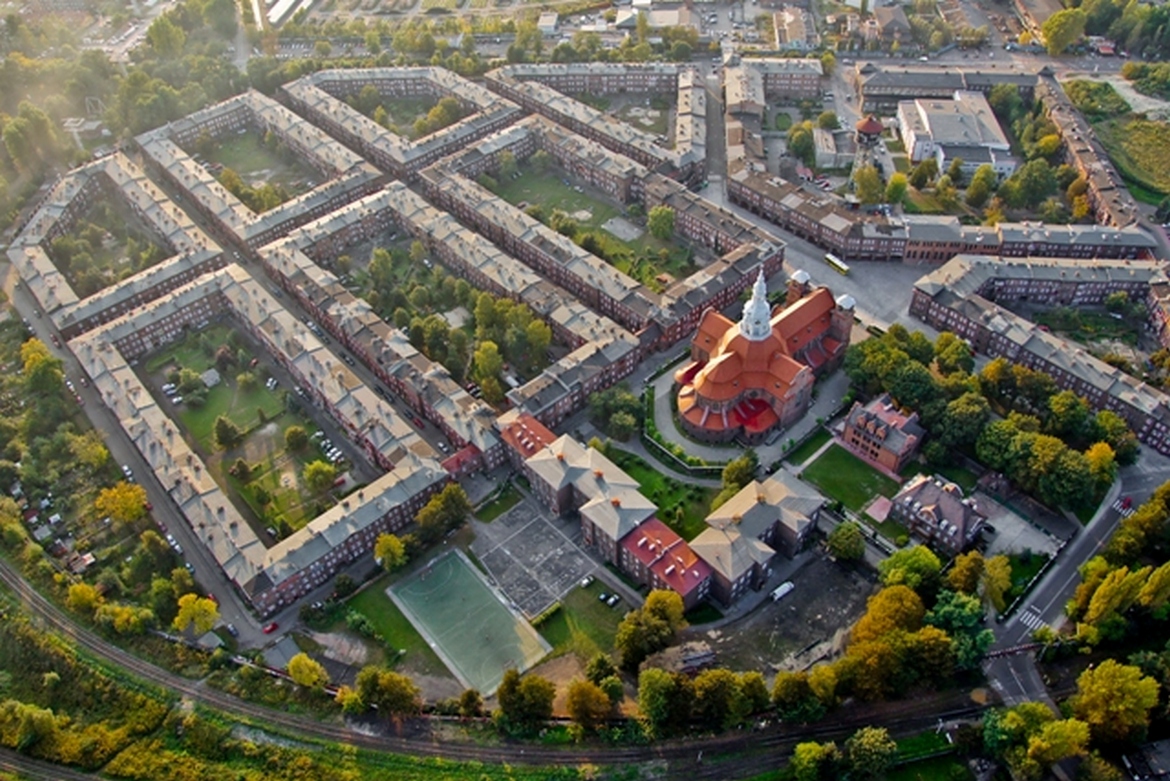
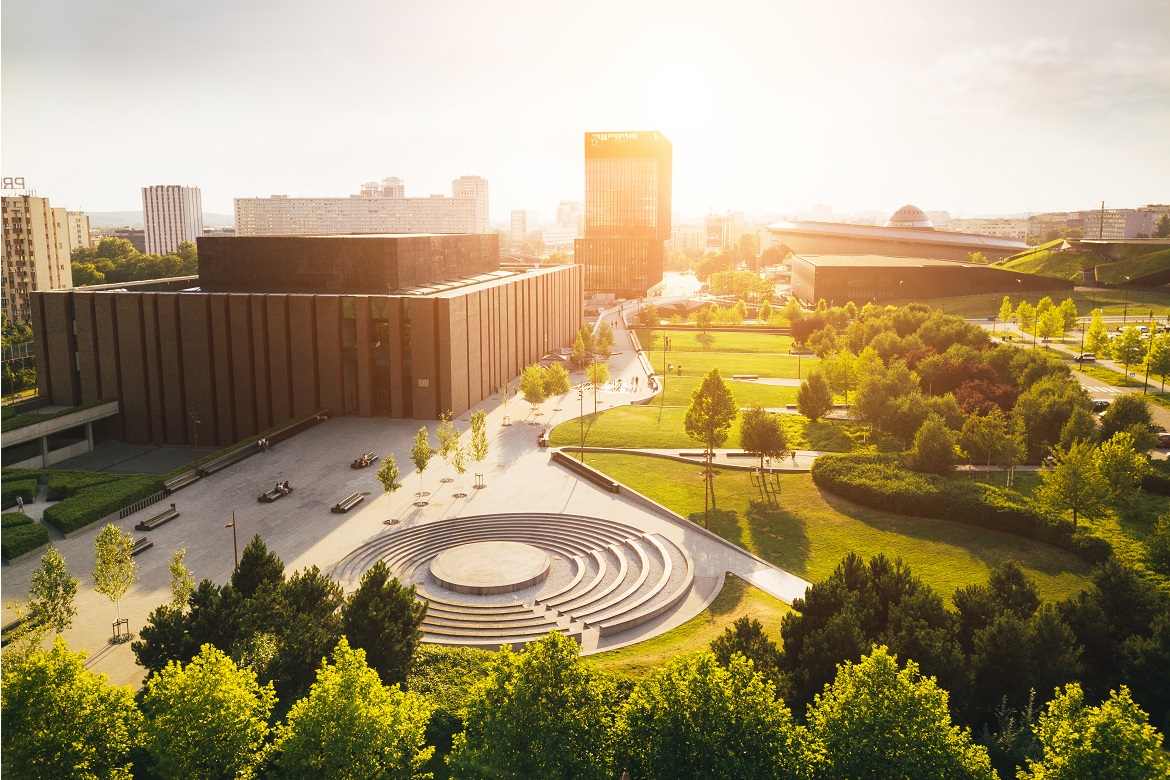
Immerse Yourself in Nature
For those who don’t know Katowice very well, or even at all, it may come as a surprise – and a very pleasant one – that greenery accounts for almost half of the city’s area. Apart from the beautiful Murckowski Forest, where centuries-old beech trees and therapeutic herbs grow, Katowice’s residents also benefit from being able to relax among the perfect flowerbeds in Kościuszko Park and the vast area known as the Valley of Three Ponds – the latter being a truly fantastic place for more active pursuits such as cycling, rollerblading or even just enjoying a nice walk. You can choose to hire a bicycle and enjoy a pleasant ride around or why not rent a kayak and spend a lazy afternoon on the water? Children especially love the beach area and water playground and families flock here in great numbers on warm, sunny days. The valley area also includes a campsite as well as restaurants and bars with a view over the ponds, and there’s a relaxing, friendly vibe that’s hard not to love. Not surprisingly, this is the chosen venue for several musical events, including a multiple award-winning alternative music festival called OFF Festival Katowice.
The Industrial Monuments Route: History Brought to Life
Nikiszowiec, once an entirely separate district built solely for mining families, is a unique example of architecture and a must for street photography enthusiasts. The beautiful brick housing estate, designed by Emil and Georg Zillmann, is featured prominently in films by Kazimierz Kutz and Lech Majewski, among others. Many say there is something undeniably magical about Nikiszowiec, which is probably thanks to the artists of the Janowska Group who are still active here today. Even though they portray reality with simple strokes, the Art Naif Festival held annually at the nearby Wilson Shaft Gallery attracts crowds of enthusiasts of this particular style of primitive art. Many local craftspeople still work here today, producing creative pieces such as beautiful watercolours and unique coal jewellery.
For many years now, Nikiszowiec has formed part of the Industrial Monuments Route, which takes visitors on a journey around important sites of the industrial heritage of Śląskie province. If you do embark on the route, definitely don’t miss out on exploring the nearby Giszowiec – another mining housing estate also built over 100 years ago, this time for the workers of the Giesche corporation. Its rather unique design was based on the concept of the Garden City, developed by English urban planner Ebenezer Howard. The Katowice section of the Industrial Monuments Route also includes the Walcownia Zinc Metallurgy Museum and the China Factory, whose renovated compound has since been turned into a technology park. China isn’t produced here anymore; it is however decorated and sold, either in exquisite sets or as stunning individual pieces.
Market Square: The City’s Meeting Point
This large, recently revamped space right in the heart of the city centre is one of Katowice residents’ favourite places to meet up. It’s also the place where many concerts, fairs, children’s events and the increasingly popular food truck rallies are celebrated. For a few years now, the square’s special drawcard during the summer months has been the exotic five-metre-high palm trees offering welcome shade to passers-by. The date palms, which, interestingly, travelled all the way from the Canary Islands, stand by a fountain imitating the River Rawa that flows directly under the market square. If you take a good look around, you’ll see that the Market Square is a place where history meets modernity; 19th-century tenement buildings and the Silesian Theatre, built well over a century ago, stand proudly together with the city’s first department stores, Zenit and Skarbek and newly built restaurant pavilions. All in harmony, perfectly characteristic of the city itself.
A City firmly on the Cultural Map
Culture is the lifeblood of Katowice, part of its soul and one of the pillars of the city’s development. This was recognised by UNESCO a few years ago, when Katowice was awarded the title of Creative City of Music – the first city in this part of Europe ever to receive the title, and one of just a handful in Poland belonging to UNESCO’s Creative Cities Network.
Katowice’s cultural renown comes from its great orchestras, notably the Polish Radio National Symphony Orchestra in Katowice (NOSPR), and world-famous composers Wojciech Kilar and Henryk Mikołaj Górecki. Another distinctive feature of Katowice’s cultural life is its many festivals, most of them music-related, including the OFF Festival, Tauron New Music, Rawa Blues, the Jazz Art Festival, the Grzegorz Fitelberg International Competition for Conductors and the Karol Szymanowski International Music Festival, launched in 2018.
There’s no shortage of film or theatre festivals either; the Regiofun International Festival of Film Producers and the Interpretations National Festival of Directing Art are just two examples. Another one for your diary is the Katowice Street Art AiR – a great celebration of spectacular street art. Katowice also plays an important role in the development of Polish jazz, blues and hip-hop, as well as having a strong tradition of amateur music-making which is upheld by many Silesian families.
This is definitely the city for cultural visitors, although there’s really something for everyone to enjoy and discover.

